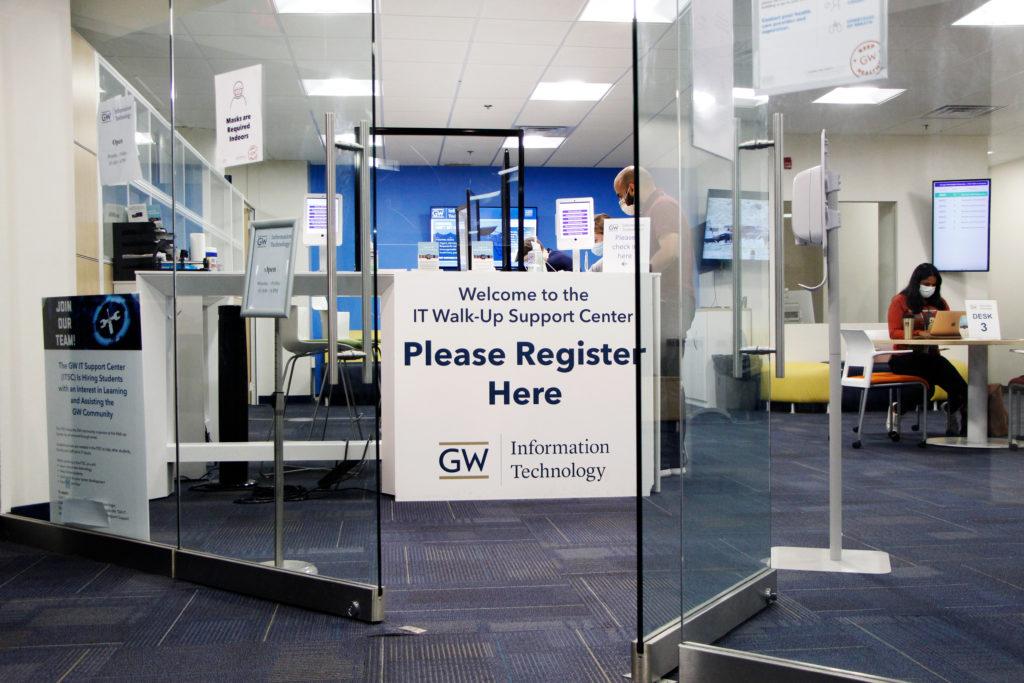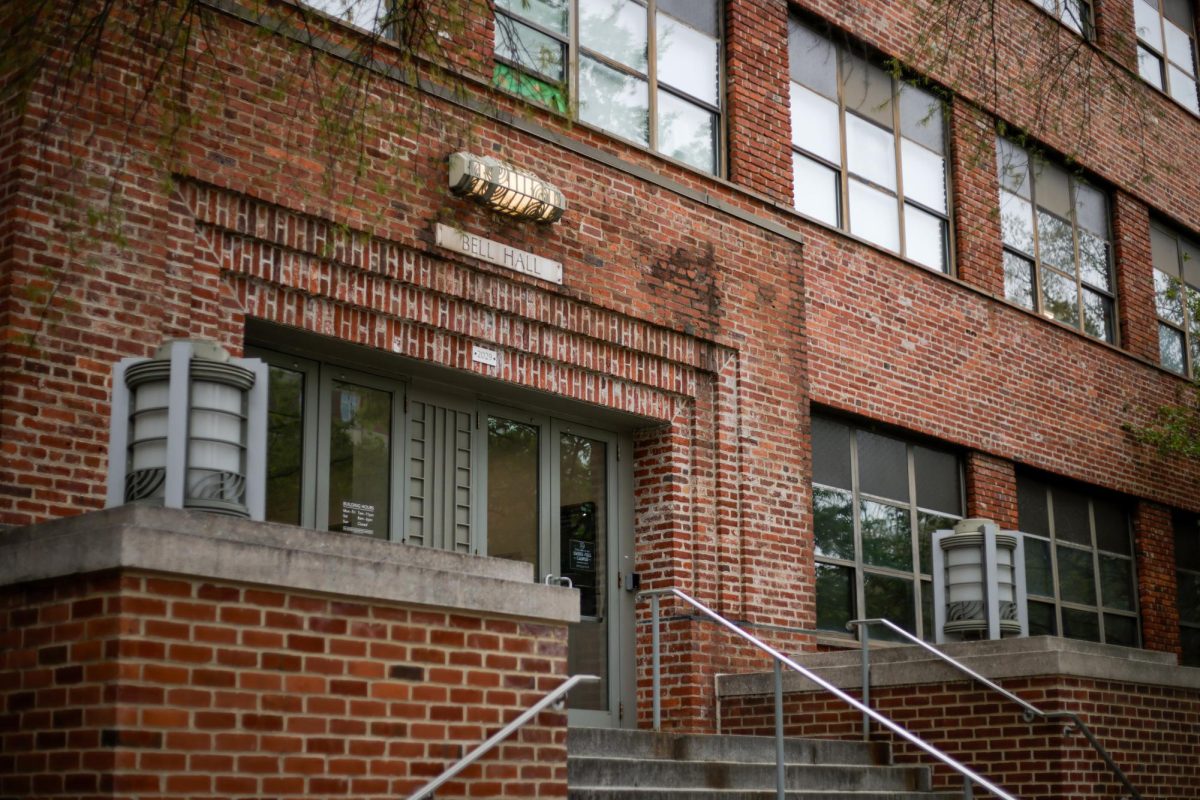As the global supply of computer chips has dwindled during the COVID-19 pandemic, experts said officials, students and faculty could struggle to find reasonably priced technology this academic year.
Semiconductor chips, an electronic component used in many devices, have been in shorter supply since late 2020 because of decreased manufacturing as plants shut down, straining international supply chains. Interim Chief Technology Officer Jared Johnson said the shortage, which officials expect to continue into next year, has “significantly” increased the time it takes for officials to fulfill technology orders for equipment like Dell Latitude 7420 laptops, which will take two and a half to four months to arrive.
Johnson said the shortages have delayed the University’s personal computer and technology orders, and officials have tried to prioritize certain products, like computers for faculty and staff, to speed up delivery.
“In some cases, we were able to work with the vendor to prioritize the order fulfillment of a small portion of a larger bulk order,” he said in an email. “[GW Information Technology] prioritized the distribution of machines to new faculty and staff members and those individuals who have a non-functioning machine and no backup device to use.”
He said 57 percent of the machines that GWIT ordered between May and August have been delivered so far, mostly within the past week, and the remaining orders are expected to arrive by the first week of November.
“With the recent delivery of additional equipment, we are beginning to fulfill computer refresh requests for functioning, out-of-lifecycle computers,” Johnson said. “To that end, GWIT placed the next order of more than 400 computers this past week.”
Experts in supply chain management and computer engineering said the limited access to personal electronics and other technologies will slow higher education institutions’ replacement of broken or outdated devices and their response to urgent technological errors.
Matteo Rinaldi, a professor of electrical and computer engineering at Northeastern University, said personal technology that students and faculty need for hybrid and in-person learning will become more expensive and less available over the next year. He said the length of the production process for new semiconductor chips and their limited supply in the market will reduce the availability of technology.
“Anything that we use at universities to do blended learning or remote teaching needs to be replaced, or it needs to be updated,” Rinaldi said. “We might be in a situation where there might be a very long wait time to get access to those components.”
He said officials at institutions that allow hybrid learning models and buy technology in bulk, like the purchase of cameras for in-person classrooms, could face financial setbacks if they are forced to buy a large number of devices at high prices.
Before returning to in-person learning, officials installed technological upgrades across campus classrooms, including new recording software, webcams, microphones and computers.
“They buy large amounts of computers and electronics so, in that sense, if cost goes up, it could be a significant line item on the budget for the institution,” he said.
Rinaldi said large research universities like GW need to devote more resources toward scientific research to find long-term alternatives to the complex and time-consuming semiconductor manufacturing process causing the shortage.
“It’s critical for universities, and all research institutions in the United States, to go back and focus research into the invention and manufacturing of these advanced technologies that are required to sustain the innovation in consumer electronics,” he said.
Ednilson Bernardes, a professor of supply chain management at West Virginia University, said colleges and universities are already struggling to acquire affordable technology, like Internet access and electronics for professors and students to use in the next academic year, because of a surge in demand for personal electronics as in-person assembly lines return.
“Basically anything that has a chip on it will be affected and if the shortage persists, then we’re going to start seeing this spread even further,” Bernardes said.
Prices of items like personal computers and other electronics have risen annually by about 3.4 percent between August 2020 and August 2021, the largest increase in more than a decade, according to government data.
He said students, faculty and officials at institutions of higher education that need affordable personal devices and technology should consider purchasing refurbished, upgraded or recycled products that help manufacturers reuse already-existing components.
“The original equipment manufacturers themselves can be a source of this equipment,” he said. “If you have a bigger bargaining power, there will be other specialized organizations out there that can help.”
Ayman Omar, the associate dean for graduate programs and student services at American University, said the demand for personal technology will continue to increase with a greater demand for virtual or hybrid classes and as more professions require devices, like personal laptops.
“Regardless of whether it’s COVID or not, we will still have some disruptions that are happening in the supply chain as we move forward,” Omar said. “The question is how you manage that disruption as we move forward – that’s going to be key to any supply chain.”








